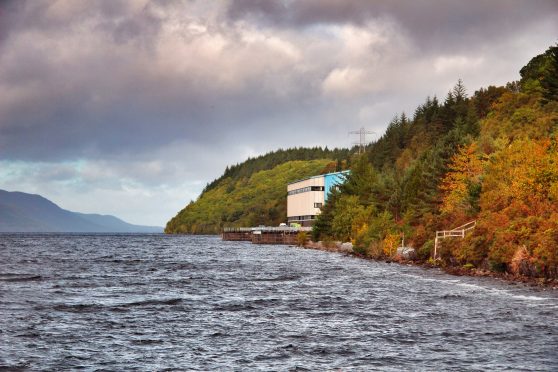A historic dam on the banks of iconic Loch Ness is celebrating its 120th birthday this year.
The first scheme developed for hydro generation at Foyers was built in 1896, and Loch Mhor Dam was created at that time to provide a storage reservoir.
Along with later projects at Kinlochleven and Lochaber, Falls of Foyers became a powerhouse of production, and by 1911 contributed to one third of the world’s aluminium being produced in the Highlands.
The hydro station which powered the smelter was closed in 1967 due to competition from overseas, but in 1969 the scheme was redeveloped by what was then the North of Scotland Hydro-Electric Board, now part of SSE, to create a new pumped storage station.
The Foyers pumped storage scheme was completed in 1975 utilising Loch Mhor Dam once again.
Jason Smith, the station manager at Foyers, said: “I am proud to be a member of the SSE team that still operates a hydro station here 120 years after the original station was built.
“It is important to continue SSE’s association with hydro generation across Scotland and the history here at Foyers.
“Pumped storage is fantastic technology that we have been utilising for over forty years at Foyers.
“It offers a number of significant benefits including a range of crucial services to help National Grid ensure the system remains in balance through closer matching of supply and demand.”
Today, Foyers power station can produce up to 300MW of electricity for use during periods of peak demand, and can begin generating power within 30 seconds if required.
Pumped storage schemes involve two bodies of water at different heights. During periods of low demand for power, electricity is used to pump water from the lower loch to the upper reservoir.
The water is released to create energy at a time when demand is high.
SSE is planning to build further capacity in the coming years as the need for energy storage increases.
For example, the energy giant’s consented 600MW pumped storage site at nearby Loch Lochy, otherwise known as Coire Glas, would more than double the total volume of current pumped storage capacity in the UK – being capable of delivering 30GWh of electricity to the system.










